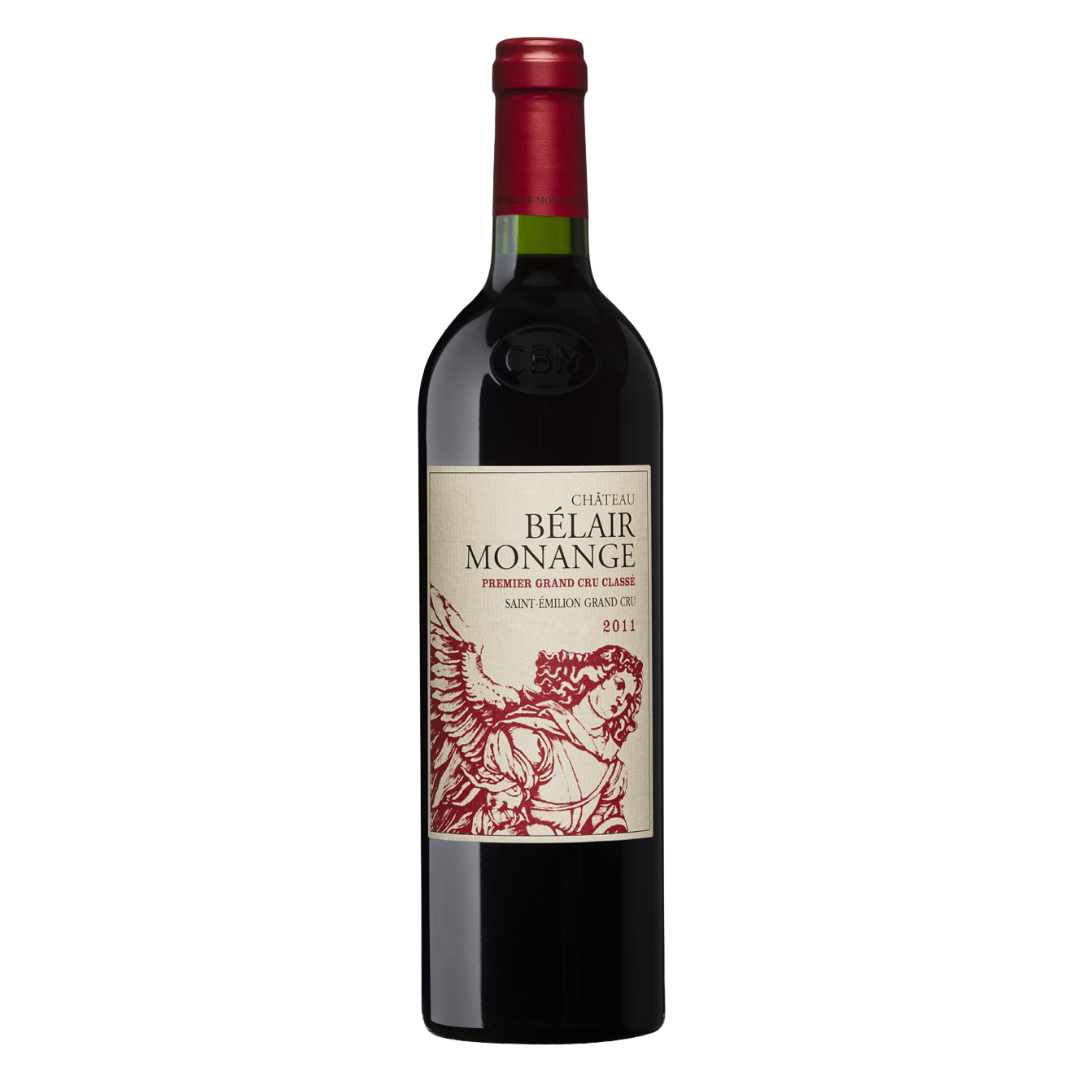Chateau Belair-Monange Saint-Emilion Premier Grand Cru Classe (B) 2011
Chateau Belair-Monange Saint-Emilion Premier Grand Cru Classe (B) 2011
Jean-Pierre Moueix
Note: Confirmation of product price and availability occur upon the receipt of your order. In case of changes in price, we will provide you with the following options: 1) proceed with the order based on the updated price, 2) replace your item with another product or 3) cancel your order.
Couldn't load pickup availability
SAINT-EMILION
Saint-Émilion Grand Cru
1° Grand Cru Classé
23.5 hectares (58 acres)
Asteriated limestone on the plateau
Blue clay on limestone in the slopes
90% Merlot - 10% Cabernet Franc
25 years
«Culture raisonnée» Soil tilling (4 ways)
Vine growth management adapted to the climatic conditions
Manual harvest
Double sorting: optical and manual
In thermo-regulated concrete and stainless-steel vats
Gentle, controlled maceration and extraction
16-18 months in French oak barrels
(50% new)
90% Merlot - 10% Cabernet Franc
PREMIER GRAND CRU CLASSÉ
Château Bélair-Monange traces its origins back to Roman times. Situated at the highest point of Saint-Émilion’s famed limestone plateau, it has long been considered one of the region’s very best crus. By 1850 it was ranked by Cocks & Feret as the leading wine of Saint-Émilion, a position it held well into the twentieth century.
Établissements Jean-Pierre Moueix purchased the iconic Château in 2008 and immediately undertook extensive renovations of the vineyard, winery, underground quarries, and château in order to restore the cru to its rightful historic status.
In 2012, Château Magdelaine, a contiguous Premier Grand Cru Classé acquired by Jean-Pierre Moueix in 1952, was merged into Château Bélair-Monange. The name ‘Monange,’ in addition to its literal translation, ‘my angel,’ was the maiden name of Jean-Pierre Moueix’s mother, Anne-Adèle, the first Moueix woman to call Saint-Émilion her home.
Château Bélair-Monange combines the terroirs of the most privileged sites of Saint-Émilion. The limestone from the central plateau parcels offers freshness, minerality, and delicate, lingering aromatics, while the dense, blue clay of the slopes provides intensity, length, and a unique elegance to the wine.
2011 began with an early winter, cold and with little rain. Spring was dry, warm and very sunny (up 131% compared to previous years). Summer was somewhat erratic, with some high temperatures marred by storms in June and a cooler, humid July.
Thankfully August saw a return of the heat that continued throughout September and well into the autumn, ensuring excellent concentration of the grapes. The harvest was early, but abundant, so careful sorting was necessary, and those estates with the means to do so have reaped the benefits.
Harvest took place from September 14th to 24th.
Winemakers who handled the fruit and the extractions gently have made wines of great precision, freshness and elegance.

Want a discount?
Become a Member!Note: Images may not necessarily reflect actual product, but we assure you that all products are authentic and in good condition. Please contact us if you require actual photo(s).

